There are various mediums that can be used to dilute acrylic paint. The most important ones are listed below with their properties and special features.
For all mediums listed here, any dilution has an effect on the pigment concentration. This can lead to reduced opacity above a certain amount.
Water
Most paints used in the hobby are water-based. This means that these paints can always be diluted with water.
The use of water for thinning can be used both for application with a brush and for application with an airbrush.
Properties
- Increased flow velocity
- Extended drying time
Intended use
If the opacity of a paint needs to be slightly reduced or made a little thinner, water is ideal. Water can also be used to slightly extend the drying time.
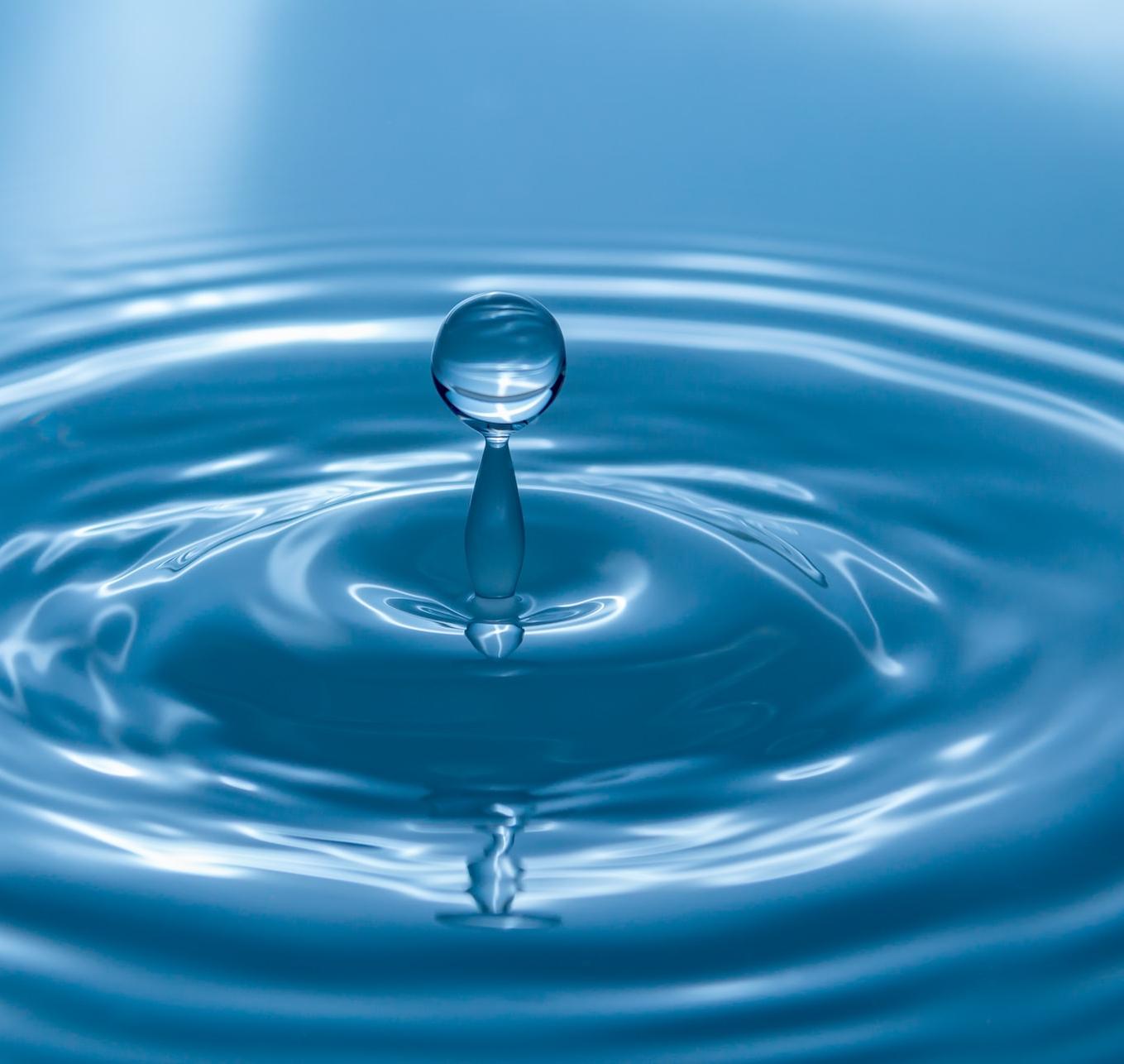
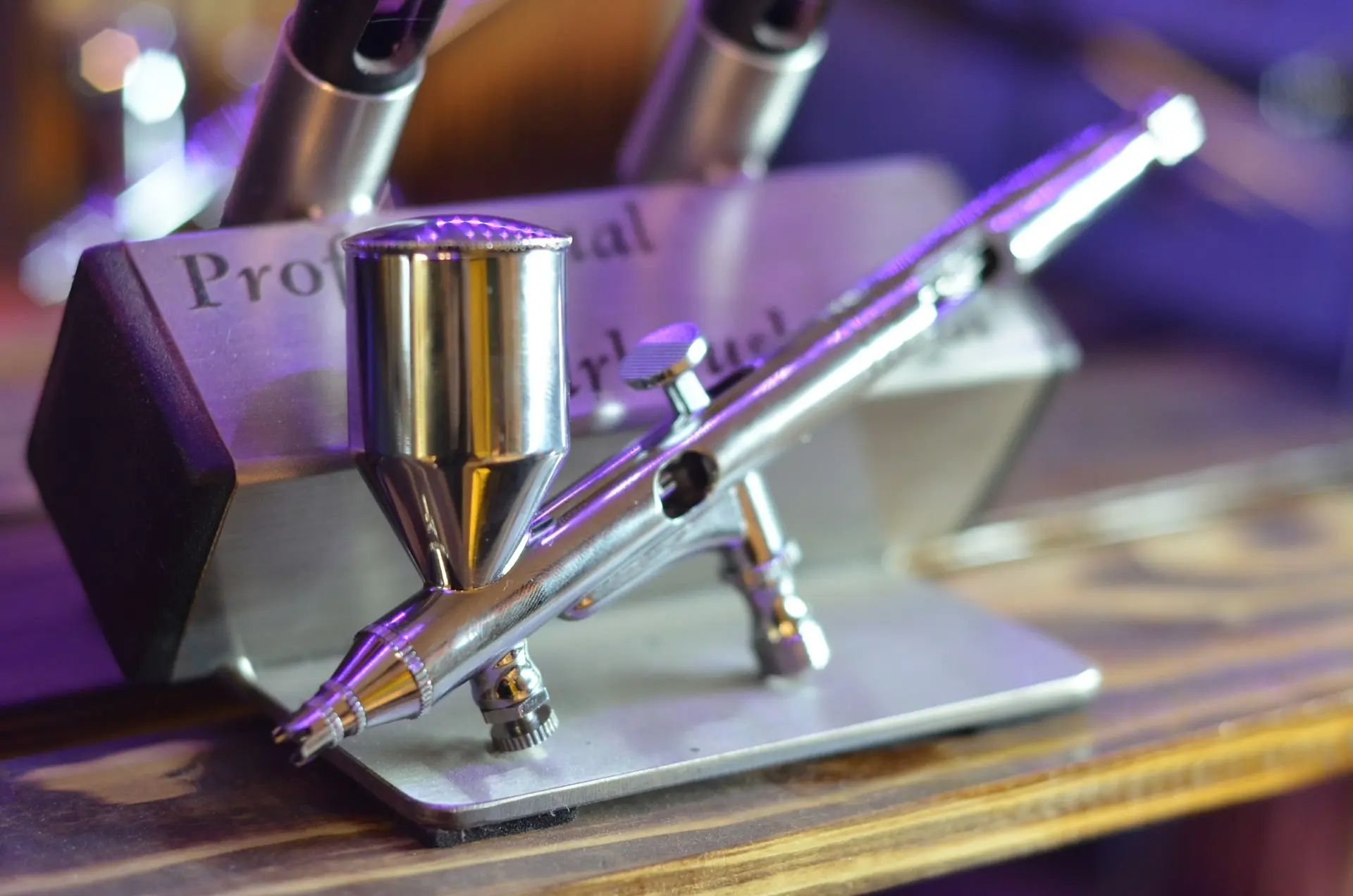
Airbrush thinner
Compared to water, airbrush thinners have the property that they largely evaporate when used in the airbrush before the paint hits the target.
Properties
- Increased flow speed in the airbrush, but not on the model
- “Shorter” drying time (compared to water)
Intended use
Airbrush thinner is ideal if you want to reduce the opacity of the paint when applying it with an airbrush or make it slightly thinner without extending the drying time. The paint can be thinned to a very high degree, thus reducing its opacity without increasing the layer thickness.
Medium
Many paint manufacturers offer their medium for diluting their paints. This is usually the base on which the respective color series is based. Simply put, a color without pigments.
Properties
- Unchanged flow velocity
- Unchanged drying time.
Intended use
If the opacity of a paint is to be greatly reduced without becoming too thin, the medium is ideal. Using a medium, the paint retains all its properties apart from the pigment content. The only thing to note here is that the additional medium makes the paint film thicker, in contrast to dilution with water.
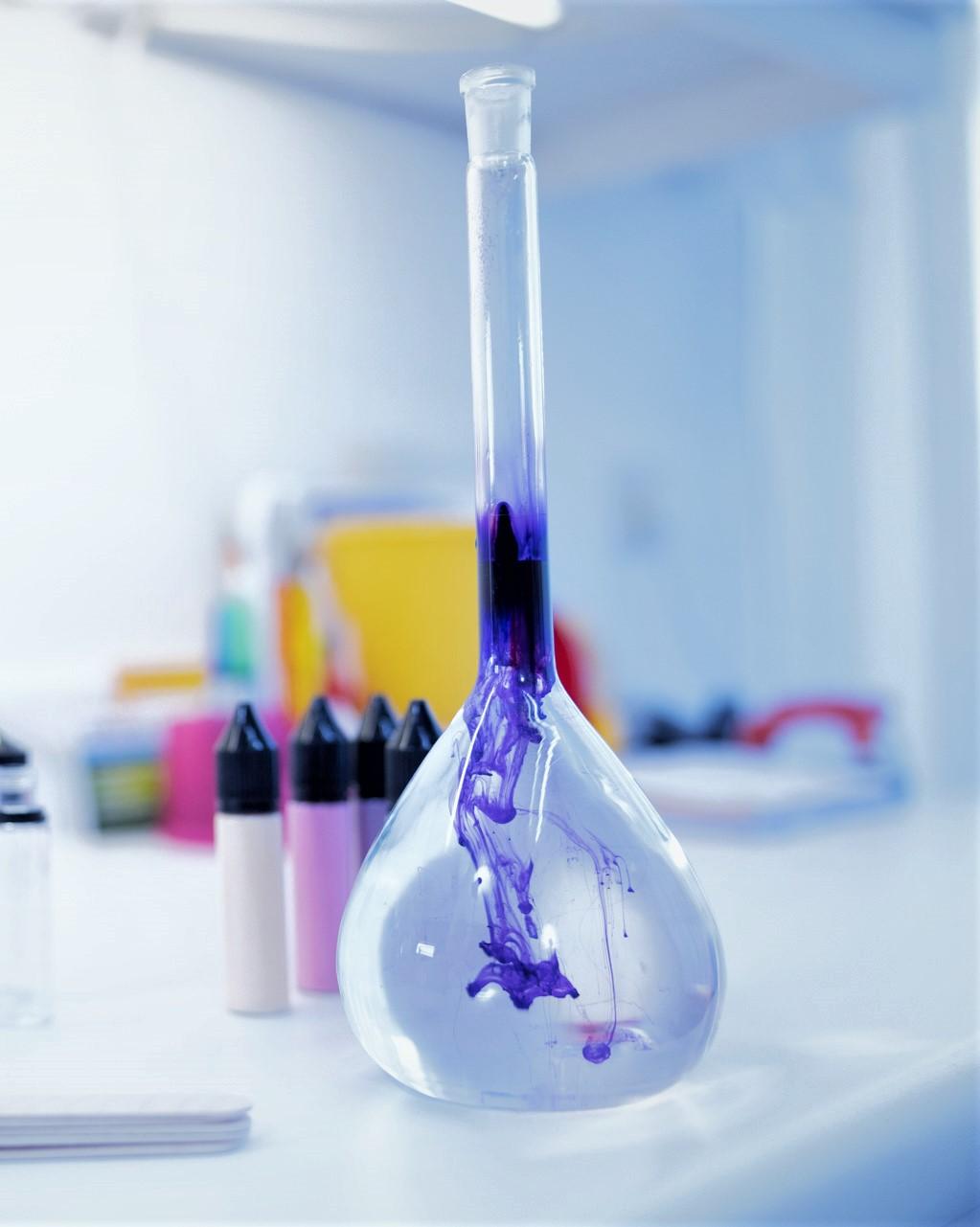
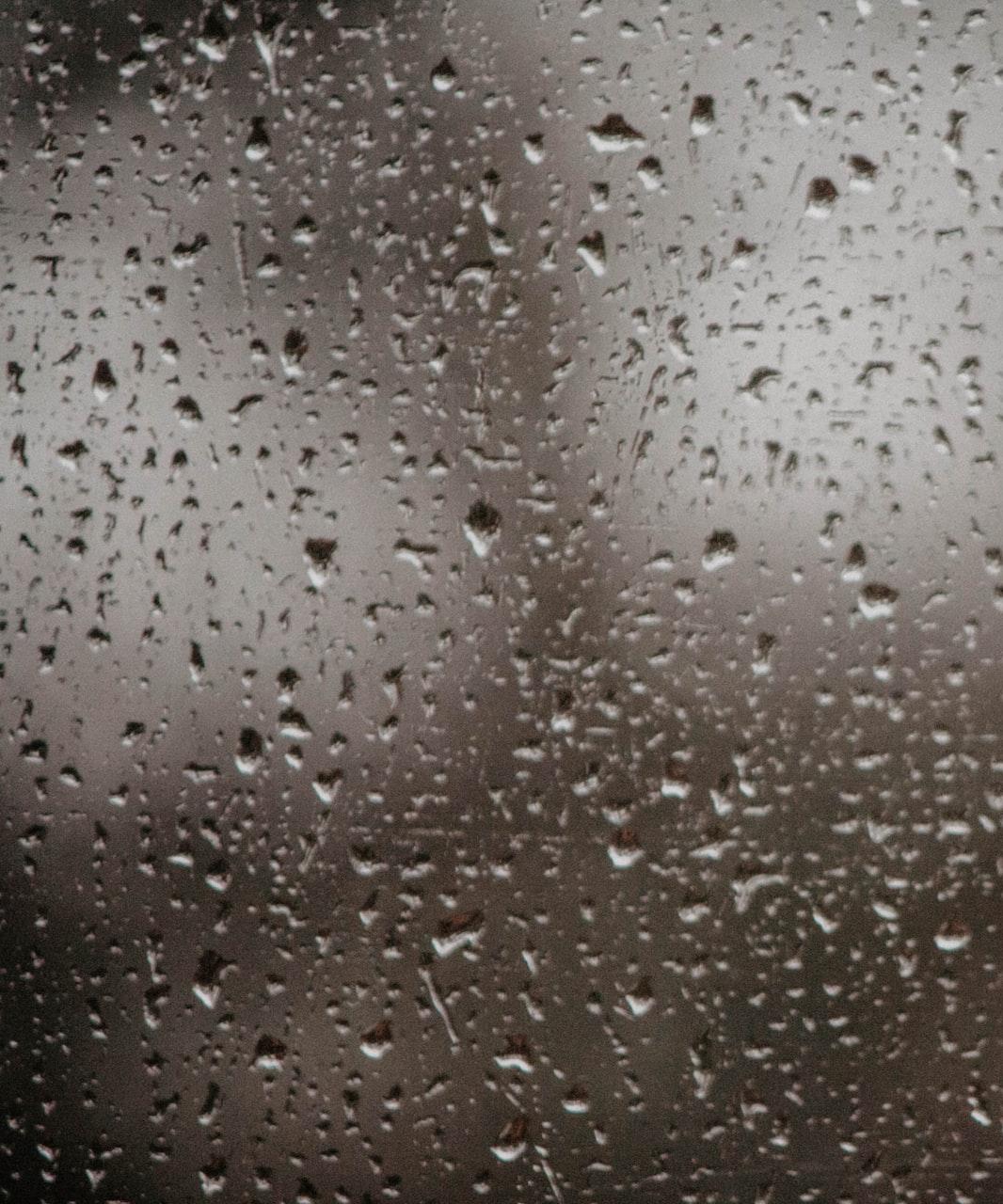
Retarder
A retarder is an additive that increases the drying time.
Properties
- Unchanged flow velocity
- Increased drying time
Intended use
If the drying time of the paint is to be extended when applying the paint with a brush or airbrush, this can be achieved with the retarder. This is particularly helpful for painting techniques such as wet blending.
Flow Improver
The Flow Improver is an additive that is intended to improve the flow properties of a paint.
Properties
- Increased flow velocity
- Unchanged drying time
Intended use
If a color does not have good flow properties, these can be improved with Flow Improver.
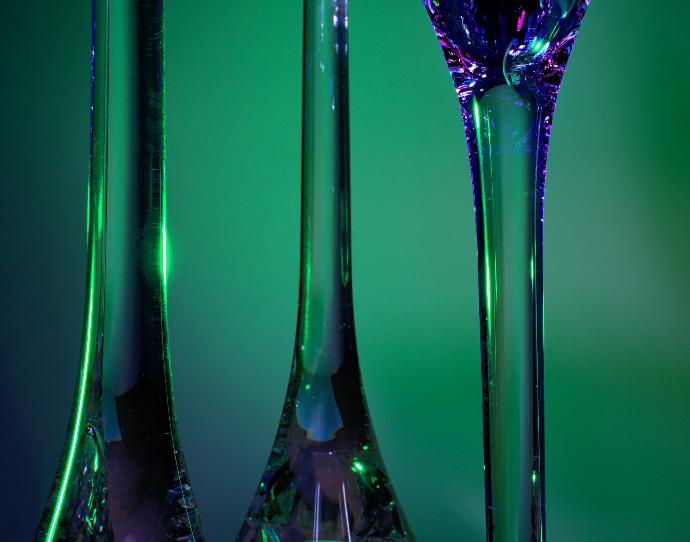
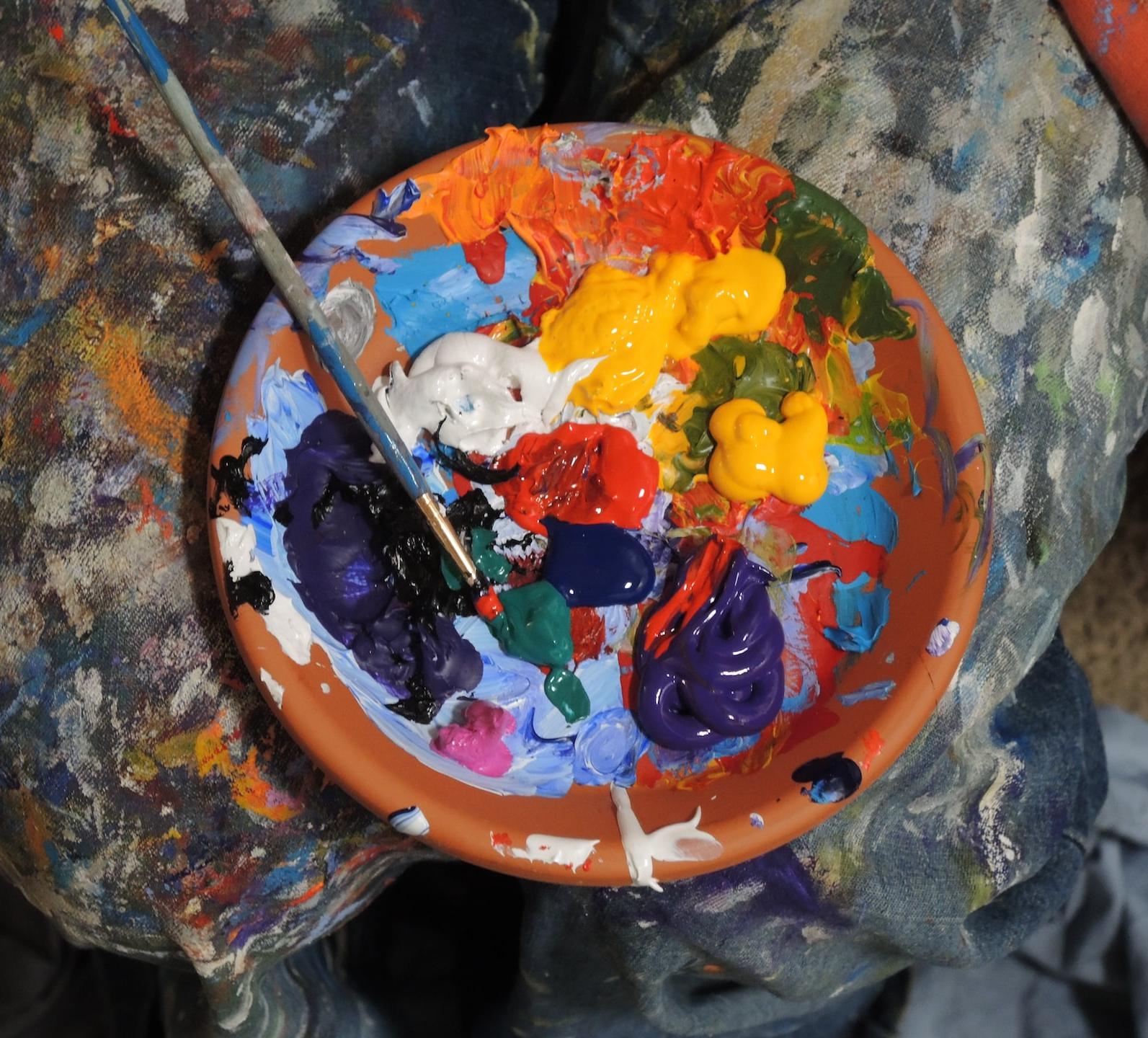
Thickener
A thickener is an additive that thickens the paint and thus reduces the flow rate.
Properties
- Reduced flow velocity
- Unchanged drying time
Intended use
If a thin paint is to be given a thicker consistency, this can be achieved with a thickener.
The right mixture
The first step that needs to be taken to find the right mixture is to define the desired properties.
A few examples are used here to explain when which tool is best used.
Example: applying an opaque base coat of paint with an airbrush
Goal
The paint should be applied with an airbrush to provide full coverage. The paint should be as opaque as possible and dry quickly to avoid running on the model. The paint layer should be as thin as possible so that no details are lost.
Ideally, the paint should already have a sufficiently liquid consistency to be used in the airbrush. If this is the case, the paint should be used undiluted for this application example.
If the application causes splatters, i.e. small splashes that lead to unevenness, this is because the paint is already drying on its way to the model. In this case, a little water or retarder should be added.
If the paint is not thin enough, it should be thinned with water and/or an airbrush thinner to a suitable consistency.
If the paint then runs on the model, less water and more airbrush thinner should be used; if there are speckles, more water and less airbrush thinner should be used.
Example: Glazing with a brush
Goal
To create shadows, a color for use with a brush should be diluted to such an extent that it is suitable for glazing. The color should have a medium to high transparency and be as easy to control with the brush as a regular color. The applied layer of paint should be as thin as possible so that no details are lost.
The first step is to dilute the paint with water to check whether this is sufficient to achieve the desired effect. If the paint is too thin, some of the water should be replaced with medium.